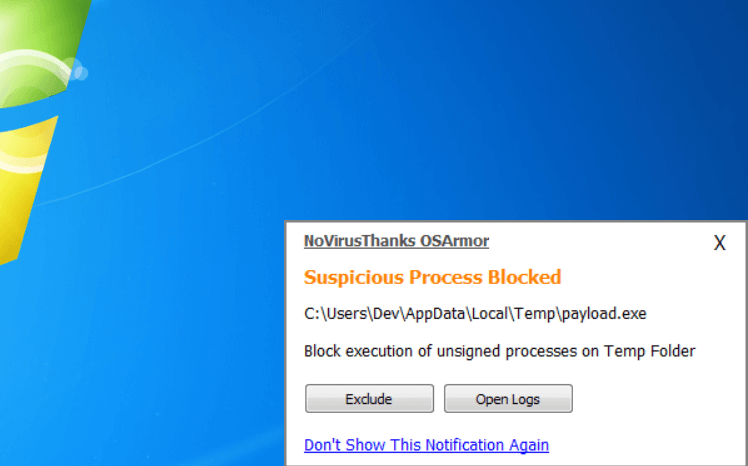

Windows operating systems are running on over 90 percent of all computers currently in use, making them a larger target for cybercriminals and bored internet troublemakers. This is even truer if you’re a Windows user. If you’ve been poking around on internet-connected computers for a while, there’s a very good chance you’ve gotten at least one of the hundreds of millions of malware floating around. See Protecting app access to user data for ways that macOS can help protect user data from malware, and Operating system integrity for ways macOS can limit the actions malware can take on the system.Let’s face it: Malware is pernicious, annoying, and quite often dangerous.

There are additional protections, particularly on a Mac with Apple silicon, to limit the potential damage of malware that does manage to execute. These protections, further described below, combine to support best-practice protection from viruses and malware. XProtect adds to this defense, along with Gatekeeper and Notarization.įinally, XProtect acts to remediate malware that has managed to successfully execute. The next layer of defense is to help ensure that if malware appears on any Mac, it’s quickly identified and blocked, both to halt spread and to remediate the Mac systems it’s already gained a foothold on. The first layer of defense is designed to inhibit the distribution of malware, and prevent it from launching even once-this is the goal of the App Store, and Gatekeeper combined with Notarization. Remediate malware that has executed: XProtect Block malware from running on customer systems: Gatekeeper, Notarization, and XProtectģ. Prevent launch or execution of malware: App Store, or Gatekeeper combined with NotarizationĢ. Malware defenses are structured in three layers:ġ.



 0 kommentar(er)
0 kommentar(er)
